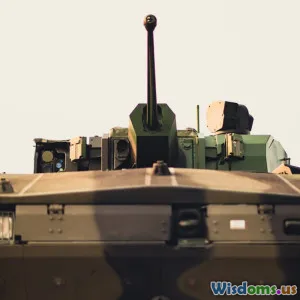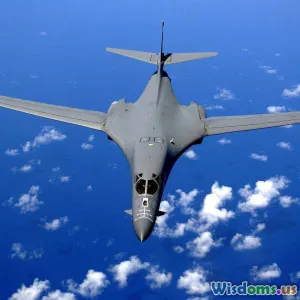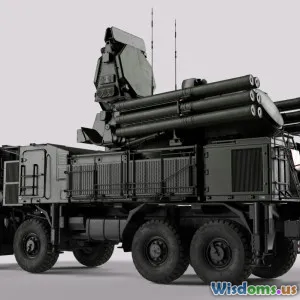
Upgrading Legacy Tanks Cost Effective Solutions That Work
15 min read Explore cost-effective solutions to upgrade legacy tanks, ensuring enhanced performance, compliance, and operational lifespan without high replacement costs. (0 Reviews)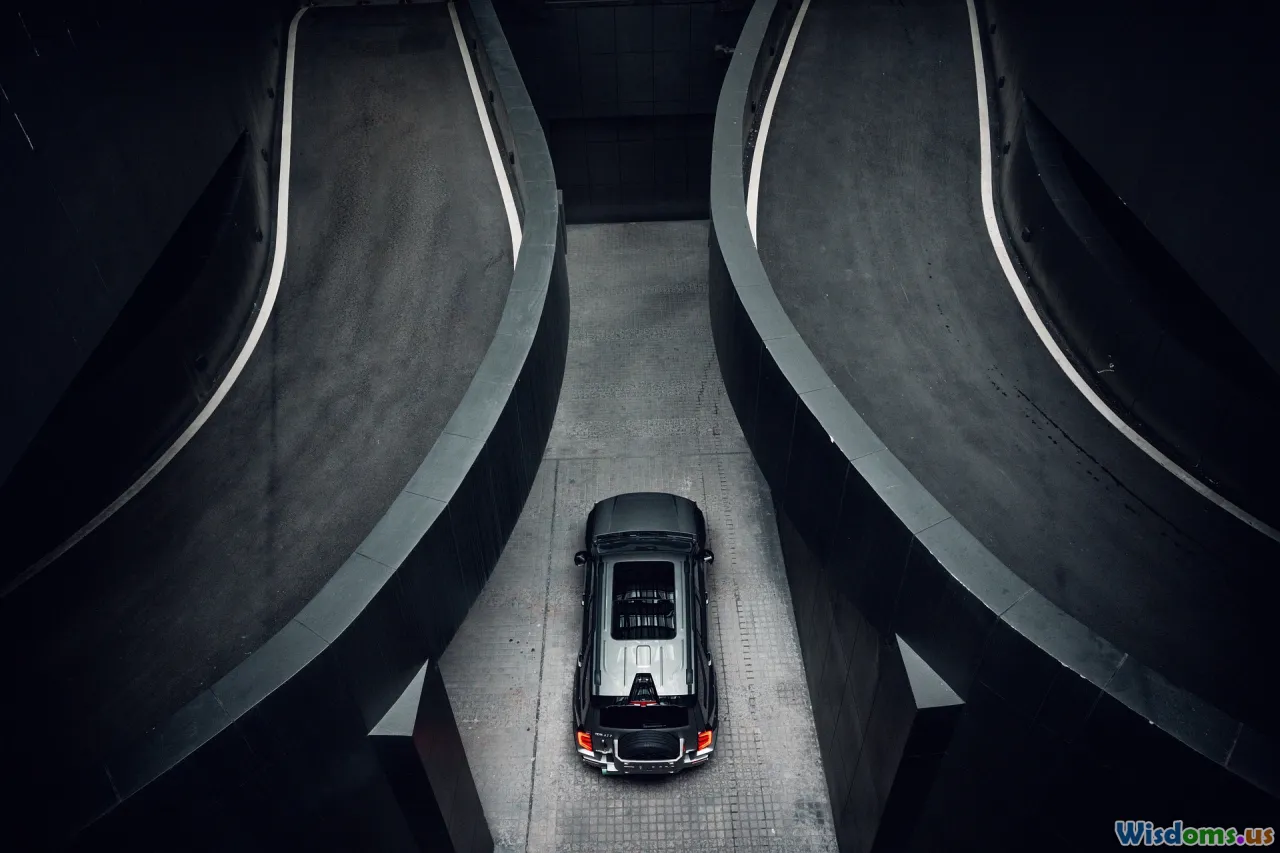
Upgrading Legacy Tanks: Cost-Effective Solutions That Work
Modernizing aging war machines offers militaries worldwide a critical blend of enhanced capability and efficient resource management. Tanks that have served for decades are valuable assets—outfitted with robust hulls and proven platforms—but technology, threats, and mission requirements change fast. Fortunately, cost-effective upgrade strategies allow armed forces to significantly boost the survivability, lethality, and versatility of their legacy armored vehicles without the prohibitive expenses of new acquisitions.
The Strategic Case for Upgrading Legacy Tanks
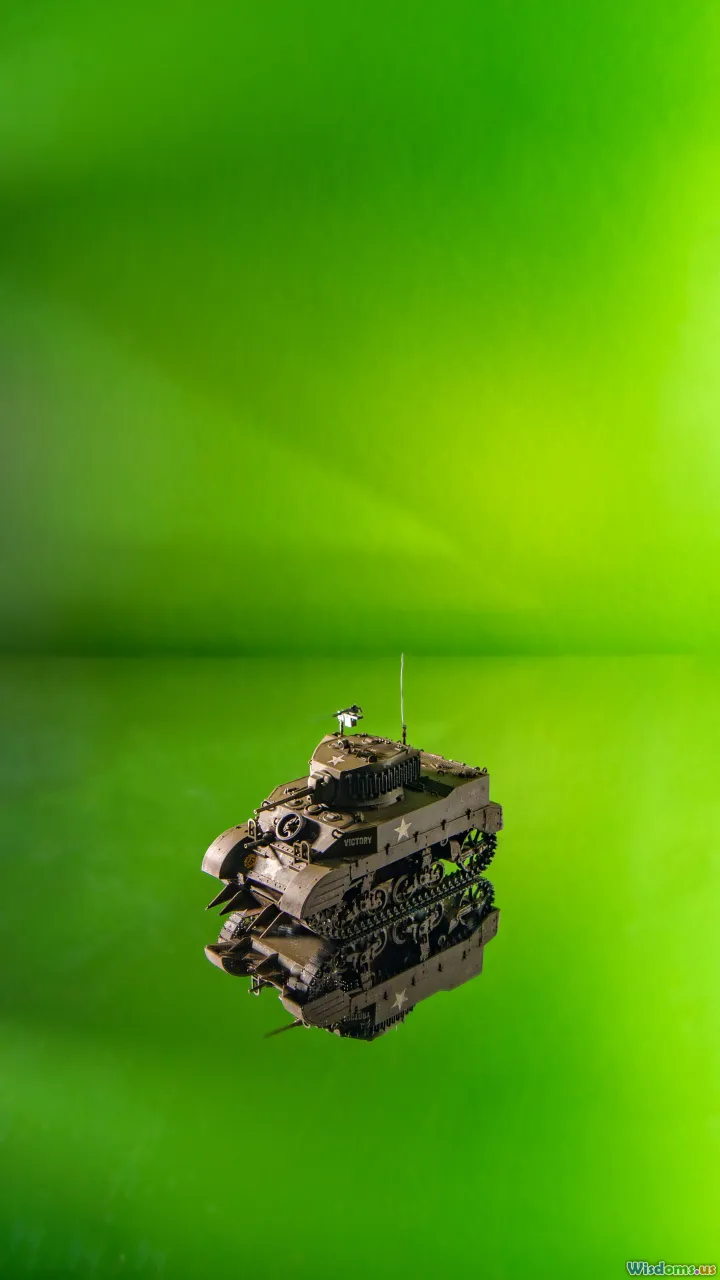
While the allure of new main battle tanks (MBTs) garners headlines, the practical reality for most armies is balancing limited budgets with growing operational demands. Upgrading existing tanks stands out as a fiscally responsible and operationally sound solution.
Key advantages include:
- Lower Upfront Cost: Refurbishing and upgrading an MBT can save anywhere from 40% to 70% compared to procuring new models.
- Reduced Training Time: Crews already familiar with platform basics only require training on new subsystems.
- Sustained Supply Chain: Legacy platforms often have established parts programs and maintenance procedures.
For example, the U.S. Army’s enduring use of various M1 Abrams upgrades illustrates how incremental improvements can keep fleets battle-ready for decades.
Modernizing Firepower: Turret and Armament Upgrades
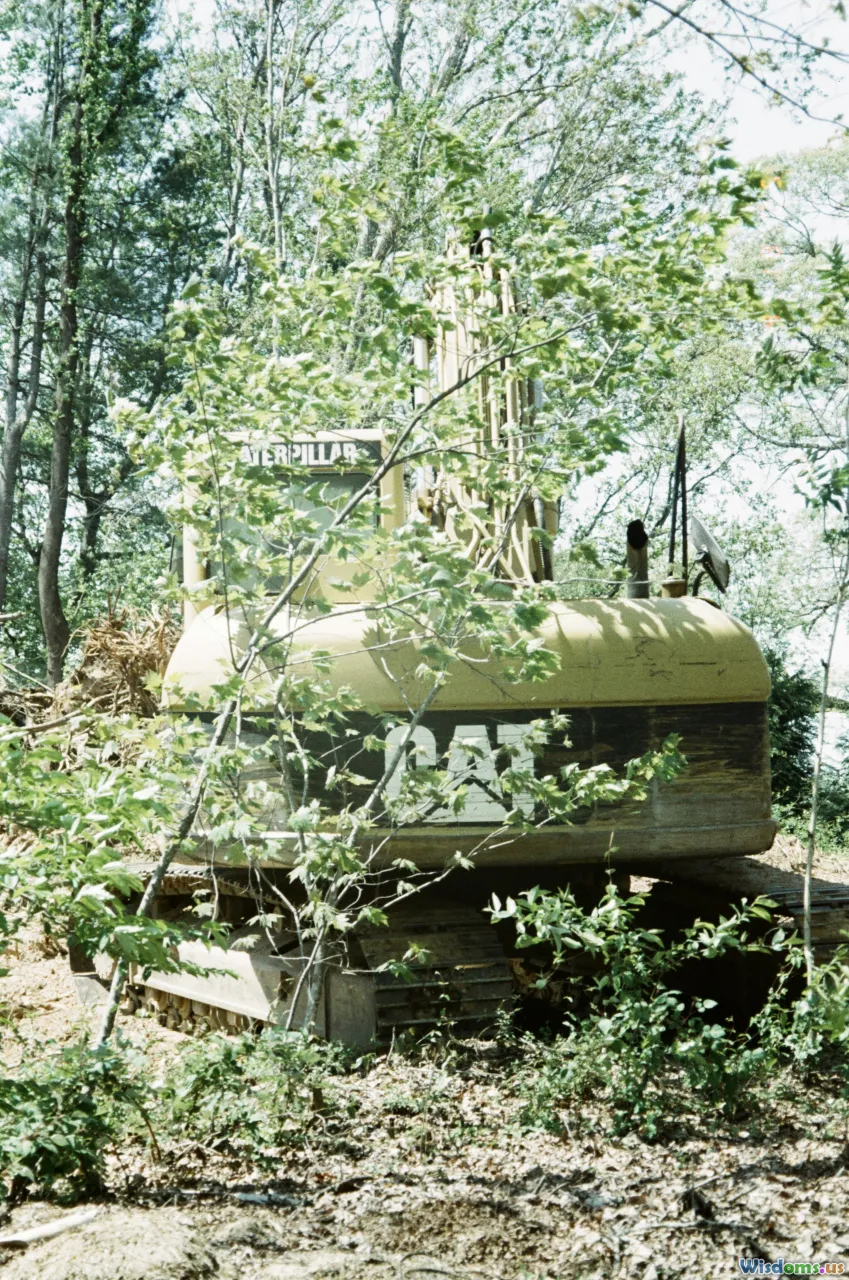
A primary objective of tank upgrades is maximizing battlefield lethality. One proven, cost-effective solution is installing new main guns or modernizing existing ones. For instance:
- The Polish PT-91 Twardy evolved from the T-72M by incorporating improved 125mm guns and fire control.
- Egypt’s M60 tank upgrades replaced original 105mm cannons with modern 120mm smoothbores, matching contemporary threats.
Autoloaders and Digital Fire Control: Retrofitting legacy tanks with advanced fire control systems (FCS) elevates first-hit probability. Digital sights, laser rangefinders, and ballistic computers supply older tanks with targeting speed rivaling new platforms — illustrated by the ‘Leopard 2A4 Revolution’ modernization package.
Superior Protection: Armor Improvements and Countermeasures
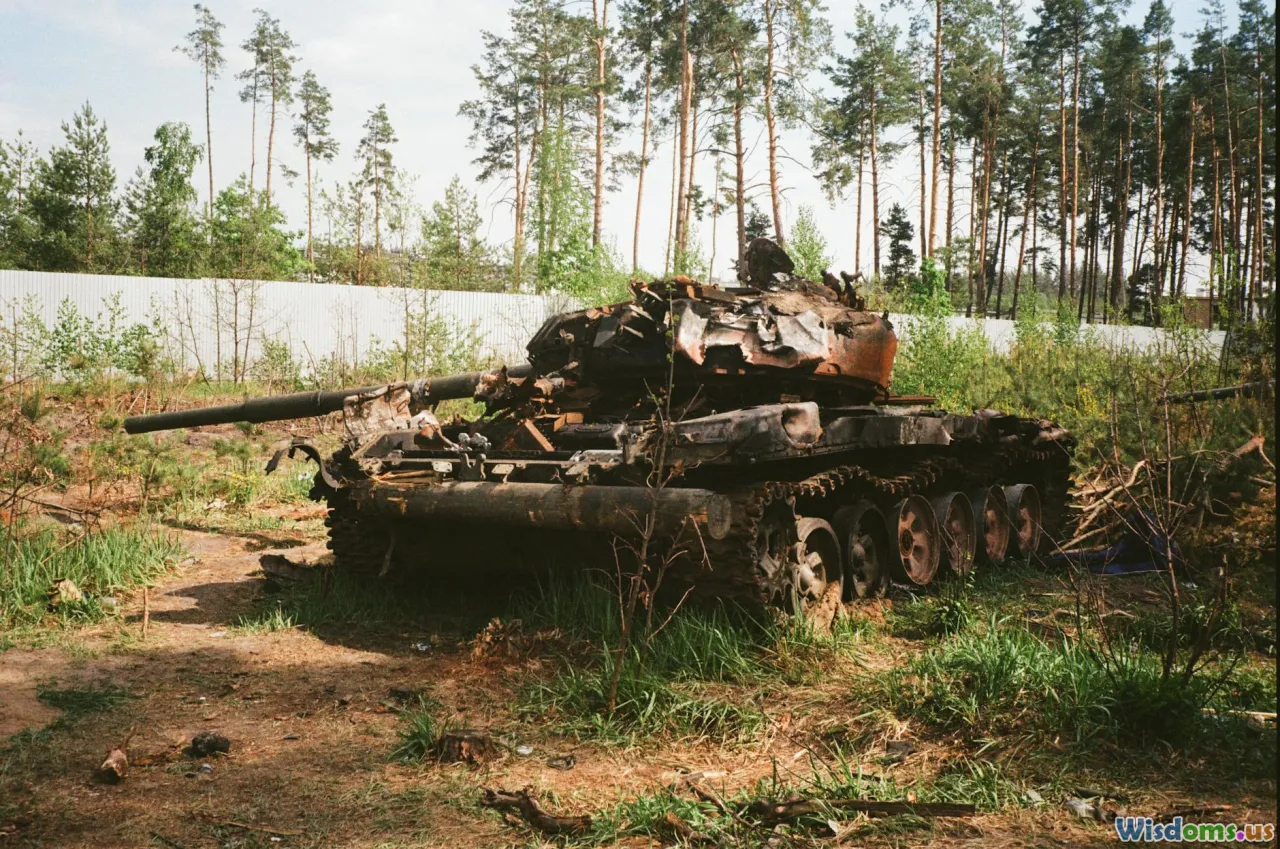
Next-generation anti-tank weapons demand a quantum leap in survivability, even for older vehicles. Several affordable, scalable options exist:
Explosive Reactive Armor (ERA):
ERA bricks, such as the Kontakt-5 and more recent Relikt, can be mounted atop conventional armor layers, improving resistance against both kinetic and shaped-charge rounds.
- Case Study: Israeli Magach tanks—derived from U.S. M48 and M60 platforms—utilized Blazer and later improved ERA to counter regional RPG threats at a fraction of the new-tank cost.
Add-on Modular Armor:
Armor kits—modular passive composites or spaced armor—provide flexible extensions to hull and turret protection. Forces operating upgraded Challenger 2 LEP (Life Extension Program) tanks, for instance, benefited from reconfigurable armor to respond to different mission profiles.
Soft-Kill and Active Protection Systems (APS):
Soft-kill measures like smoke grenades, and advanced hard-kill systems (e.g., Trophy or Arena) can be integrated as supplemental—or core—survivability solutions. While costs vary, tiered options exist; even simpler soft-kill systems dramatically boost combat vehicle resilience against first-generation guided threats.
Mobility Matters: Powerpacks, Suspension, and Track Systems
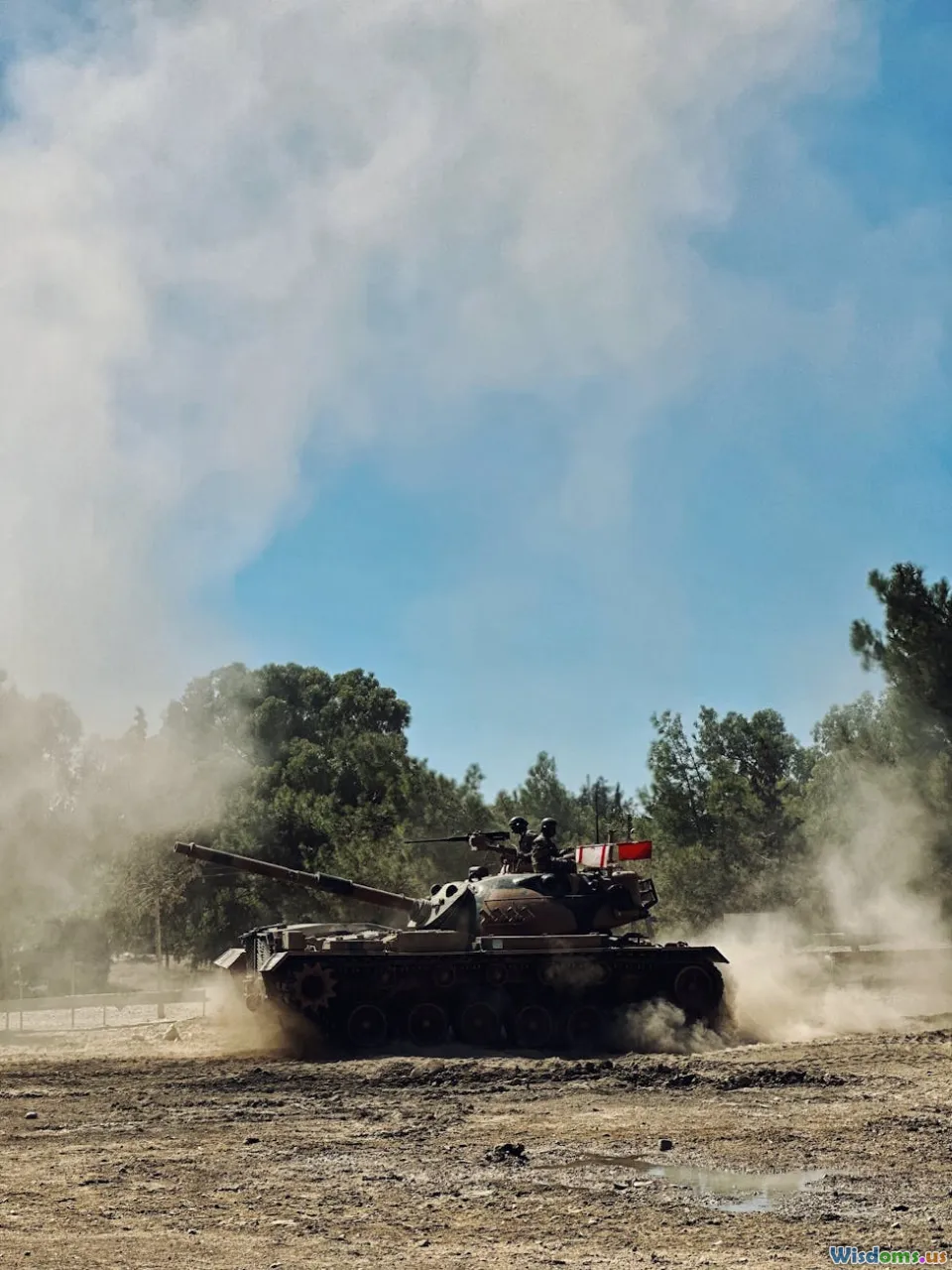
Raw armor and firepower are only effective if a tank reliably arrives where it’s needed. Mobility upgrades extend legacy tank relevance and confidence in complex operational environments:
Engine Replacement and Upgrades:
- Ukraine’s conversion of T-64s to the Bulat configuration saw powerplant upgrades from older 700hp diesel engines to 850hp, supporting increased protection weight without sacrifice to mobility.
- The U.S. M1 Abrams SEP (System Enhancement Package) series features modular turbine upgrades, improving gas mileage and keeping logistic needs predictable.
Suspension and Tracks:
Replacement or reinforcement of torsion bars, road wheels, and track types helps older platforms cope with new armor loads or new tactical demands. The Leopard 1 MBT often received, as part of its upgrade cycle, improved track pads and road wheels designed to handle additional armor weight or rough terrains in peacekeeping missions.
Transmission and Drivetrain:
Where budgets allow, upgrading transmission systems fosters smoother maneuvering and reduced drive-train wear. Even basic improvements—like improved shock absorbers—translate to crew confidence and lower lifecycle costs.
Digitization: Electronics, Communication, and Battle Management Systems
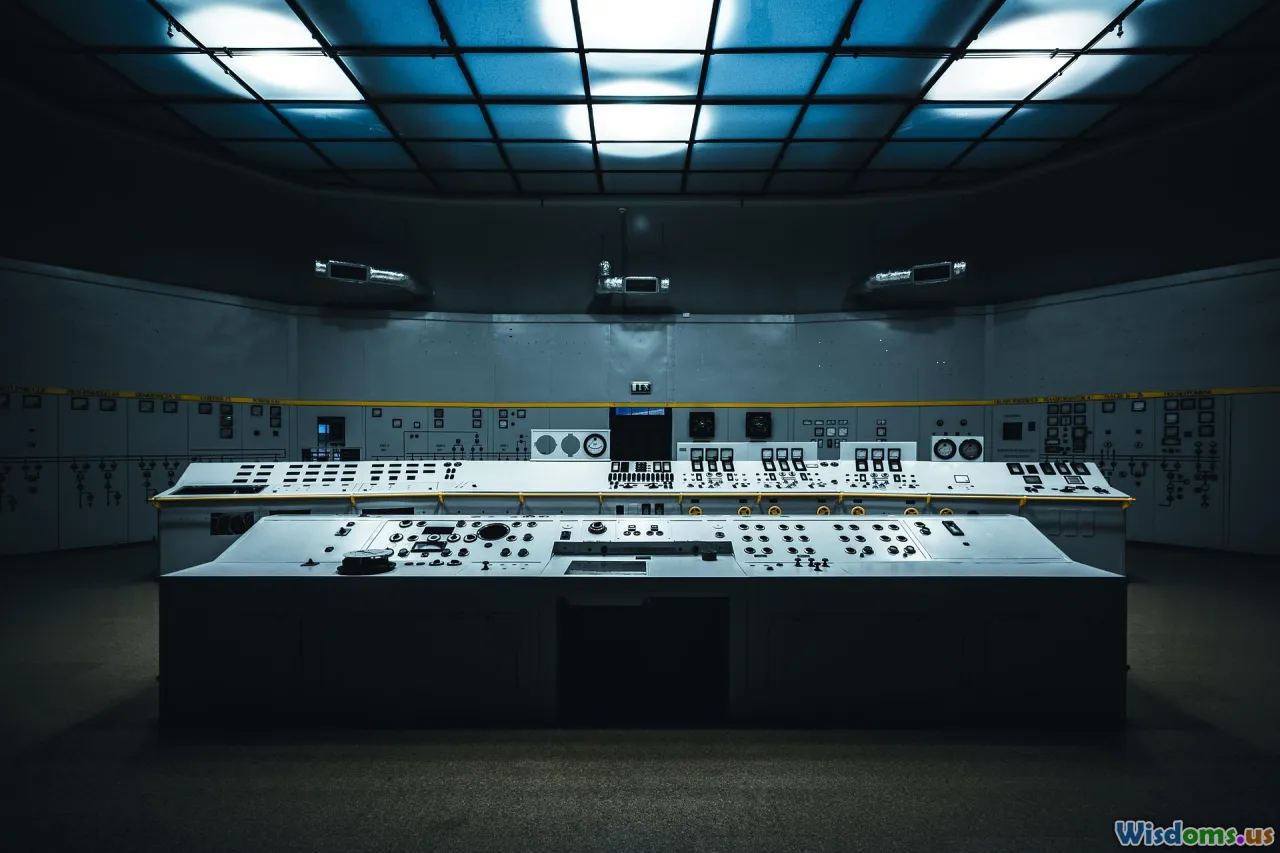
The leap from analog to digital in legacy tanks brings vast returns. Modern networking and communication are critical for any future battlefield. Cost-effective digital upgrade kits from leading defense companies offer plug-and-play solutions.
Key Digitization Elements:
- Integrated Radios: Digital intercom and communication suites tie crews into networked battle management, expanding mission effectiveness. Spain’s Leopard 2E tanks, for instance, use modern digital comms derived from German upgrades.
- Navigation Assistance: Adding GPS and inertial navigation systems boosts battlefield situational awareness, as seen in Hungary’s modernization of old Soviet-era T-72 tanks.
- Combat Information Displays (CIDs): Touchscreen CIDs turn any turret into a digital battlefield command node. These can be installed for less cost than comprehensive platform redesigns, often leveraging commercial off-the-shelf tech.
Vehicle Surveillance and Sensors:
Thermal imagers, panoramic sights, and 360-degree surveillance cameras transform retrofitted vehicles. The Ukrainian Oplot project demonstrates how off-the-shelf sights and thermal optics can be adapted to legacy T-84s and T-72s.
Automation and Reduced Crew Workload

Although legacy tanks rarely support full automation, upgrades can integrate subsystems to reduce crew burden and improve resilience under stress.
Primary examples:
- Remote Weapon Stations (RWS): Mini-turrets mounted on cupolas allow a crew member to operate machine guns or grenade launchers from under armor protection. Brazil refitted M60A3s and EE-T1 Osório tanks in this fashion for urban peacekeeping environments.
- Assisted Target Acquisition: Digital fire control aids ‘lock on’ targets, enabling faster and more accurate engagement by crews. Many post-2010 Turkish M60 modernization efforts prioritized these upgrades after urban combat lessons.
Modularization and Open Architecture for Sustained Value
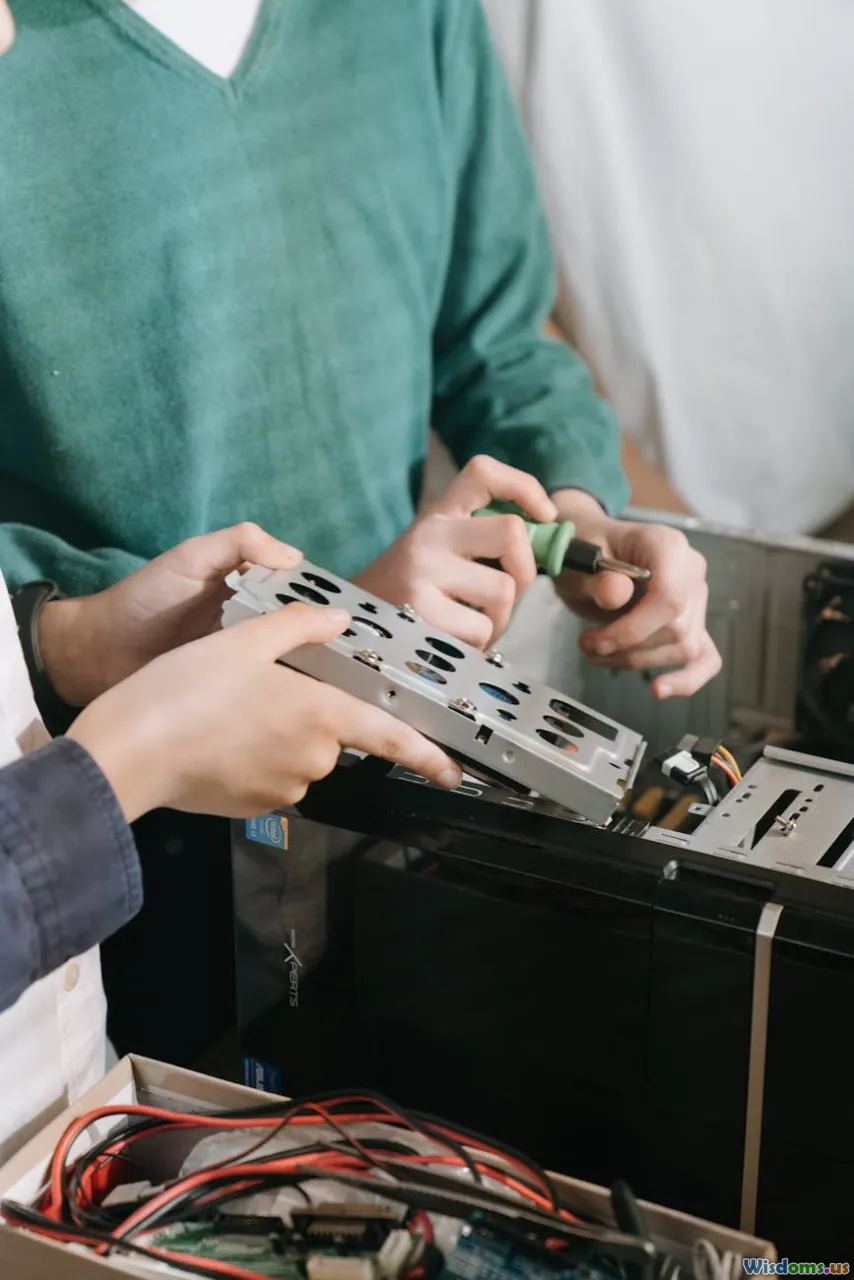
A tank’s long-term value is best realized when new equipment can be easily swapped or updated. Open electronic architecture and modular designs prolong equipment relevance.
-
Example: The British Army’s Challenger 3, like many modernized tanks, will feature modular mission systems that support rapid technology refresh. Retrofitting similar open architecture on older vehicles makes future upgrades (new sensors, battery packs, radios) faster and cheaper.
-
Spare Parts Synergy: For fleets with mixed tank generations, upgraded legacy vehicles fitted with common components streamline inventory and support costs.
Field Experience: Lessons from Recent Conflicts
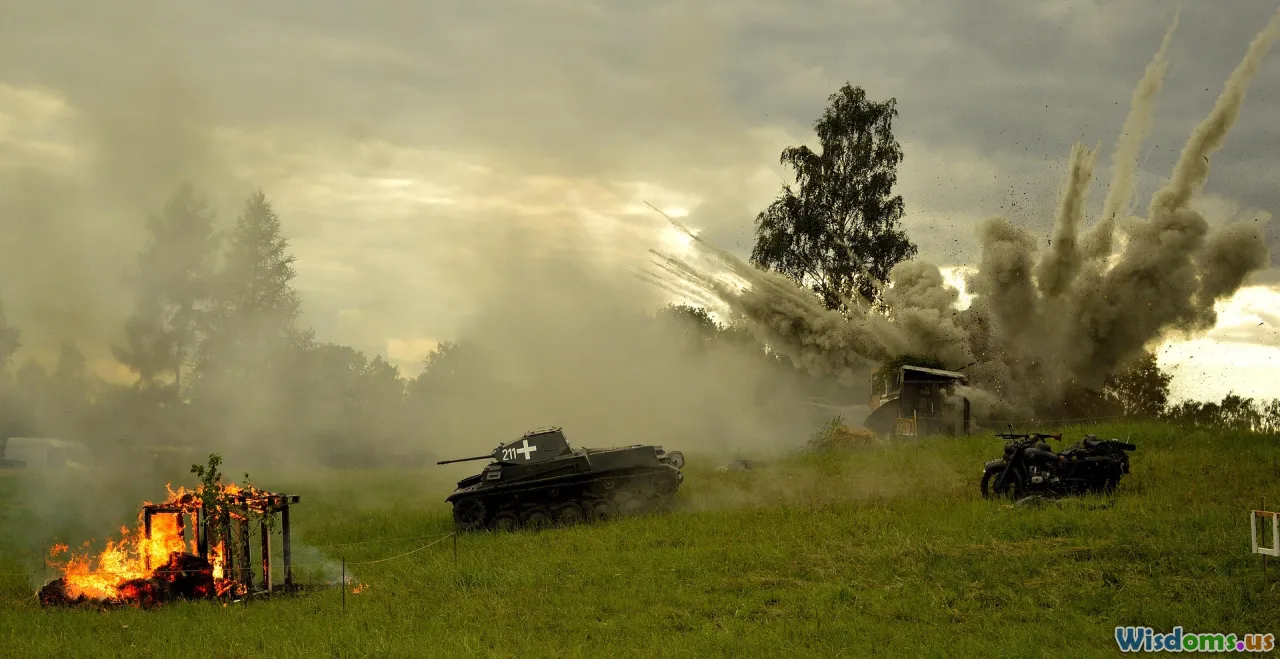
Recent conflicts provide a reality check on upgrade effectiveness. A few central lessons emerge:
- Ukraine’s extensive T-72, T-80, and T-64 upgrades: The 2022–2024 war exposed that even 1970s-era tanks with ERA, modern optics, and digital radios could outperform less-improved counterparts yet remained at risk against the very latest drone-aided anti-tank systems.
- Israeli IDF’s Magach & Merkava improvements: Layered active and passive defense, along with digitization, extended the lifecycle of older American hulls by years and provided effective battlefield countermeasures until the next generation platforms were fielded.
- Middle East retrofits of aging Soviet MBTs: In Syria and Iraq, locally-adapted upgrades—adding cages, ERA panels, and thermal sights—helped T-55 and T-62 tanks resist urban threats, though limitations persisted without deep upgrades.
The clear message: upgrades need continuous update cycles, and survivability relies on layering protection, firepower, and information.
Practical Tips: Value-Driven Upgrade Strategies

For logistics officers, planners, and procurement specialists, the following principles underpin a successful, cost-effective tank upgrade program:
- Prioritize Modularization and Interoperability: Every upgrade should consider future adaptability. Open architectures help.
- Balance Weight and Mobility: New armor or weapons must be matched by engine and suspension improvements to preserve (or enhance) operational maneuverability.
- Emphasize Crew Training Alongside Tech: Effective upgrades demand familiarization and drills. Incorporate simulators and hands-on training.
- Harness Commercial-Off-The-Shelf (COTS) Solutions: Civilian technologies—like digital displays or cooled imagers—can deliver high performance at a fraction of "military-spec" cost.
- Engage with Local Industry: Localized upgrades, as seen in Pakistan’s Al-Khalid or Thailand’s Stingray program, can stretch budgets and deliver rapid support.
Selecting Partners and Vendors: What to Watch For

Not all upgrade packages are created equal. Procurement professionals should carefully assess vendors' track records. Prioritize companies with:
- Documented performance in similar legacy platform upgrades
- Robust support, including training, logistics, and technical manuals
- Lifecycle cost transparency
- Optionality in packages: the ability to scale up or down by budget or need
Countries like Greece and Indonesia have modernized their Leopard 2 fleets by working with original manufacturers (e.g., Rheinmetall and Krauss-Maffei Wegmann), benefiting from factory support and compatible supply chains.
Real-World Cost Calculations: Upgrade vs. New-Replacement

A clear understanding of return-on-investment helps justify upgrade programs. Here’s how the math breaks down:
- New MBT acquisition: Modern Western tanks (Leopard 2A7+, M1A2 SEPv3) can cost $8–12 million per unit, not including long-term support.
- Comprehensive upgrade: Full digitization, ERA, gunnery improvements, and powertrain refresh typically fall between $3–5 million per tank—even less for selective improvements. For example, Egypt’s recent M60A3 upgrades offer significant firepower and protection for under $2 million a unit.
When hundreds or thousands of vehicles are involved, even small per-unit savings amplify into hundreds of millions in preserved resources for other military priorities.
Staying ahead in the modern battlefield isn't just about possessing the latest and greatest; it's about maximizing what you already own. With the right blend of firepower, protection, mobility, and digitization, legacy tank upgrades deliver game-changing solutions for militaries around the world—proving that value and effectiveness can go hand in hand on the march to tomorrow’s conflicts.
Rate the Post
User Reviews
Other posts in Armored Vehicles and Tanks
Popular Posts










